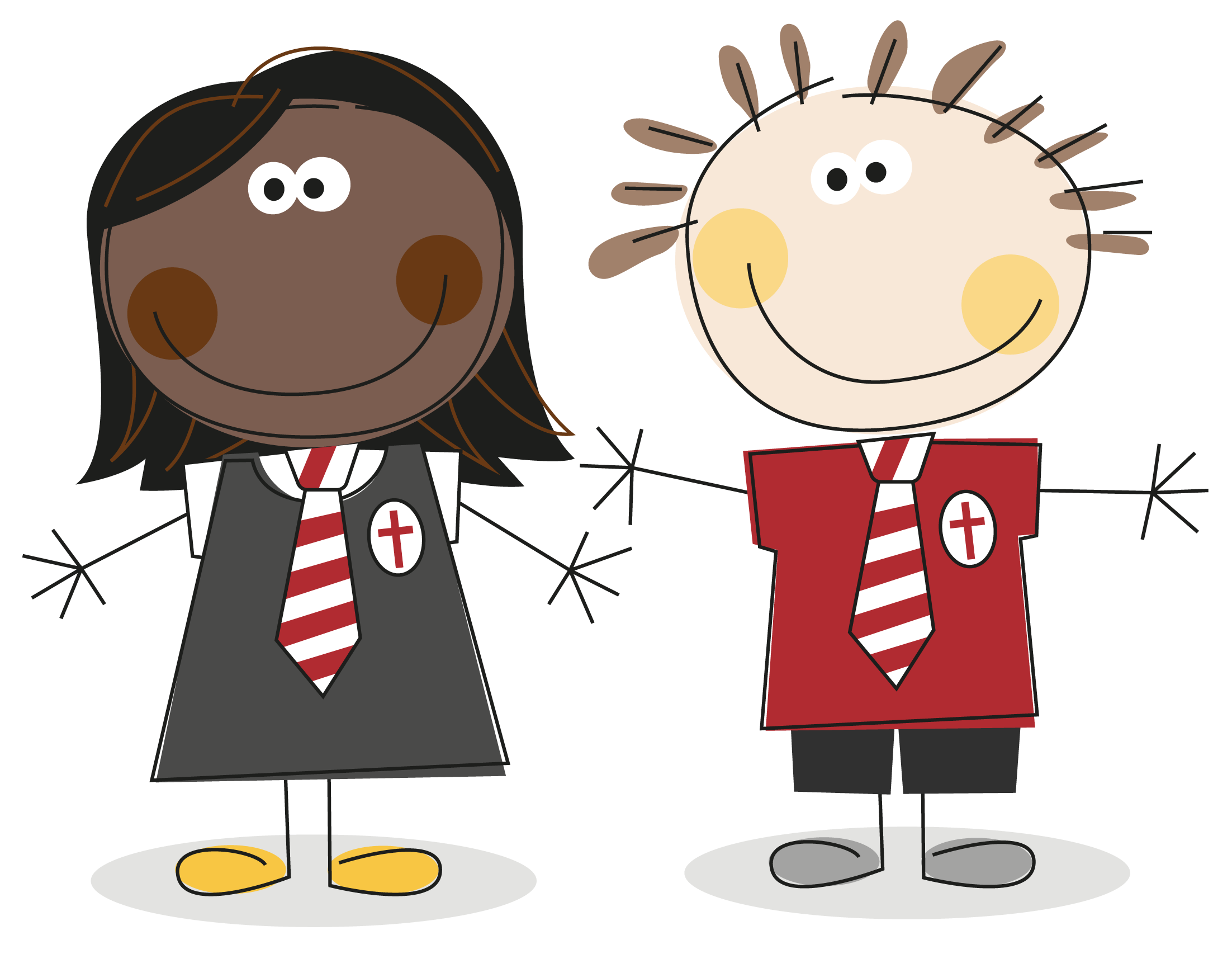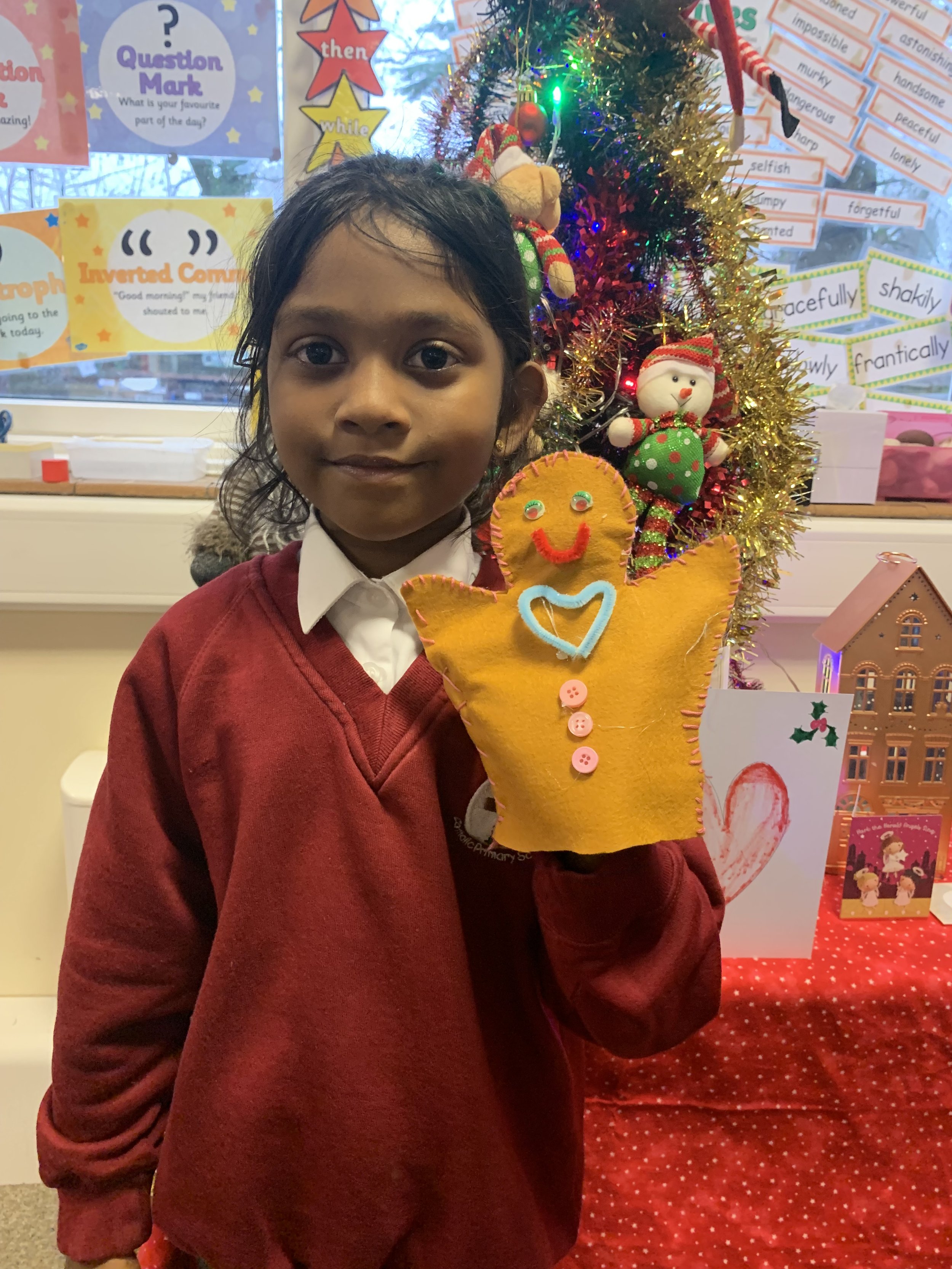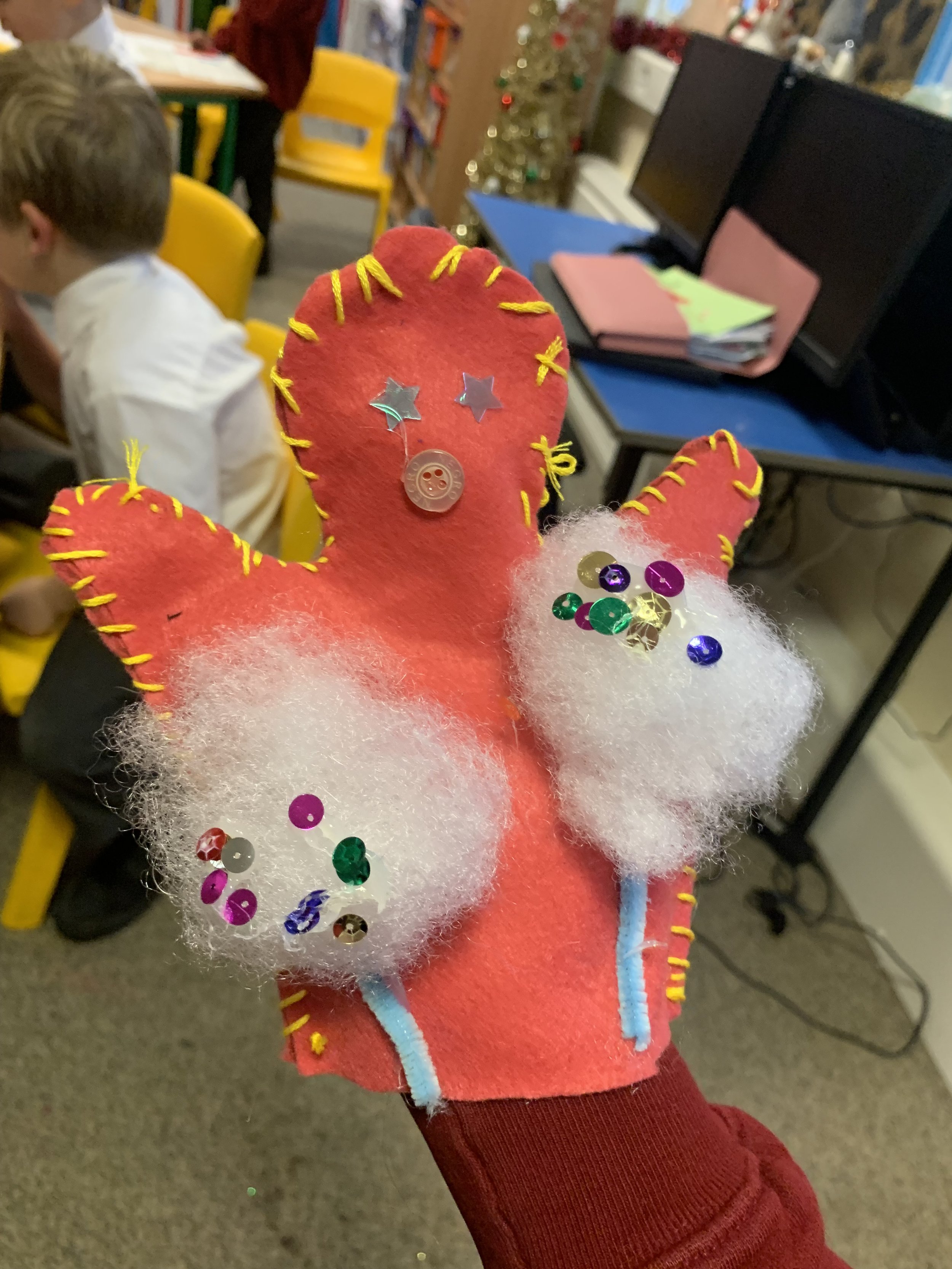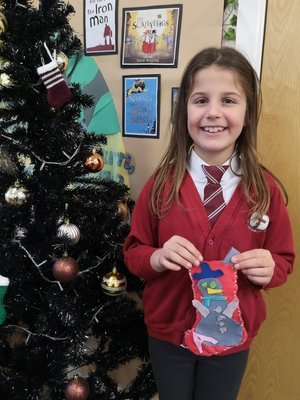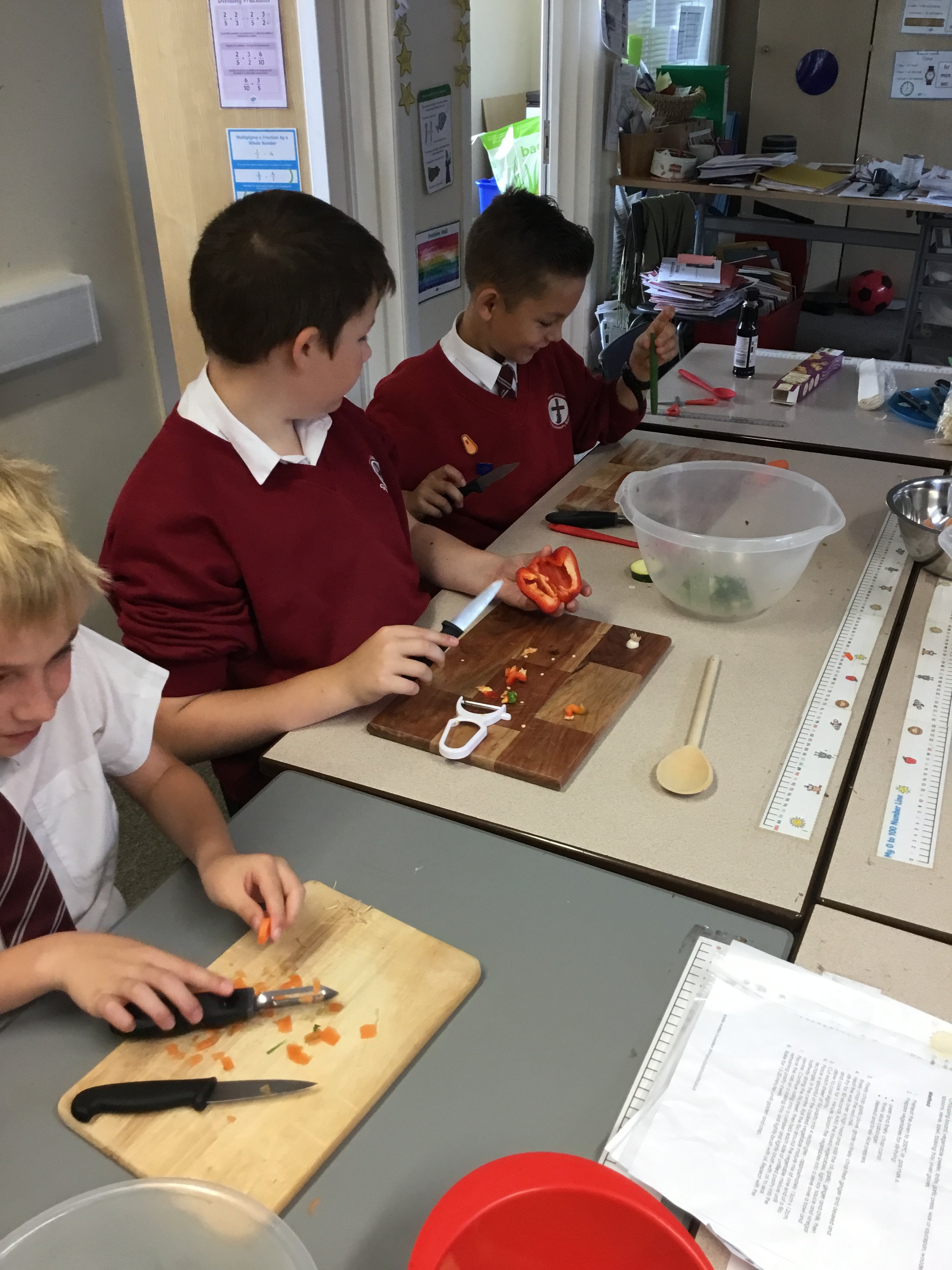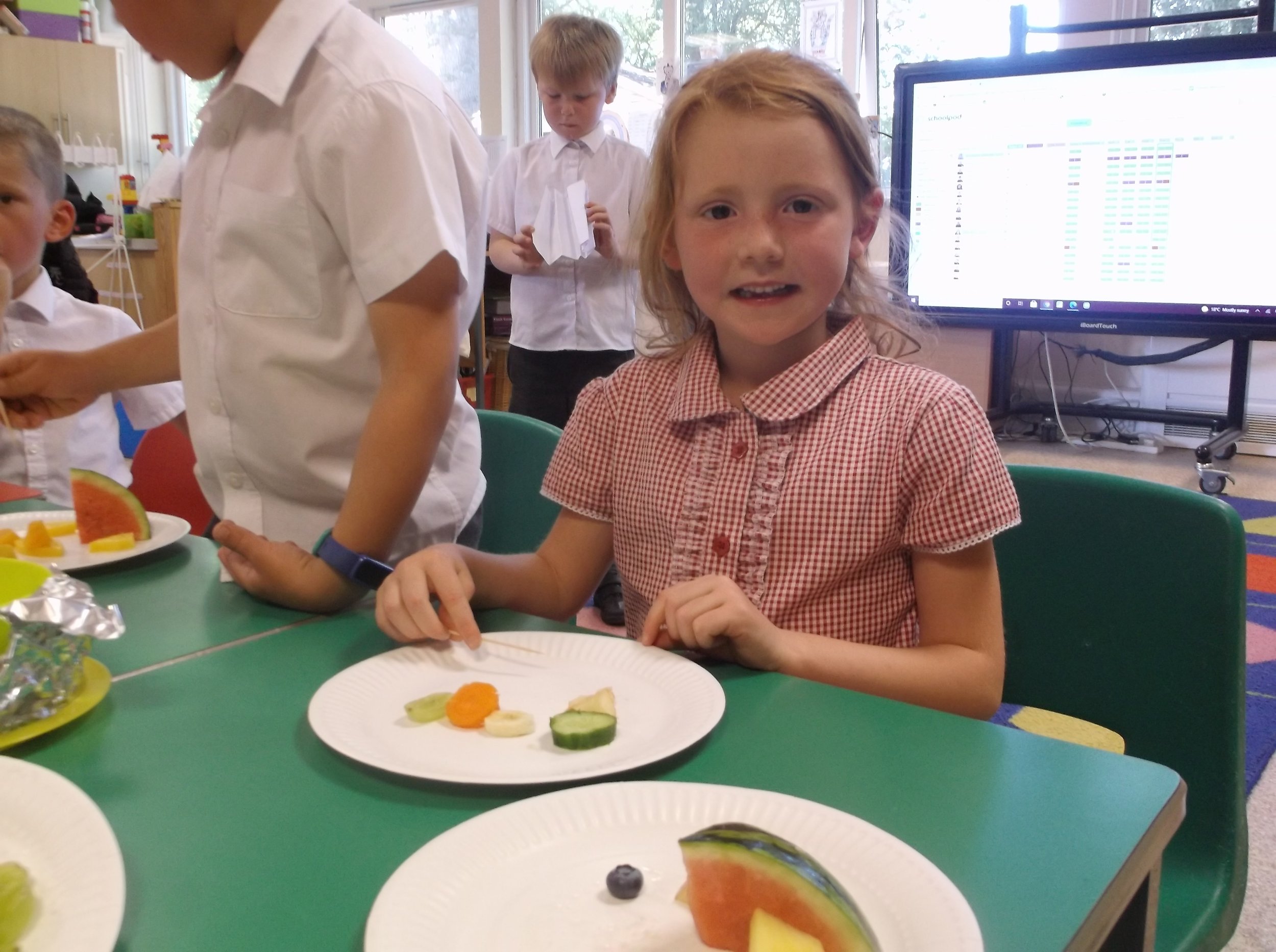At Dean Gibson Catholic Primary school we encourage our children to be innovative designers, teaching them the skills and knowledge to design, create and make a range of different products for purpose. We encourage our children’s natural curiosity to be creative, learning from and evaluating existing products, celebrating diversity including through studying a wide range of designers and making and evaluating their own creations. We aim to encourage and inspire children through using the outdoors, both as an inspiration and to build an awareness of the materials and resources around us in the natural environment. Design and Technology skills are taught through discreet lessons as well as part of the wider curriculum.
Through use of the Design and Technology association Topics on a page, we guide and support the children through their Design and Technology curriculum.
Please see our learning journey below:
In KS1 we aim to teach our children to:
Design
-design purposeful, functional, appealing products for themselves and other users based on design criteria
-generate, develop, model and communicate their ideas through talking, drawing, templates, mock-ups and, where appropriate, information and communication technology
Make
-select from and use a range of tools and equipment to perform practical tasks [for example, cutting, shaping, joining and finishing]
-select from and use a wide range of materials and components, including construction materials, textiles and ingredients, according to their characteristics
Evaluate
-explore and evaluate a range of existing products
-evaluate their ideas and products against design criteria
Technical knowledge
-build structures, exploring how they can be made stronger, stiffer and more stable
- explore and use mechanisms [for example, levers, sliders, wheels and axles], in their products.
Cooking and Nutrition
- use the basic principles of a healthy and varied diet to prepare dishes
- understand where food comes from.
In KS2 we aim to teach our children to:
Design
-use research and develop design criteria to inform the design of innovative, functional, appealing products that are fit for purpose, aimed at particular individuals or groups
-generate, develop, model and communicate their ideas through discussion, annotated sketches, cross-sectional and exploded diagrams, prototypes, pattern pieces and computer-aided design
Make
-select from and use a wider range of tools and equipment to perform practical tasks [for example, cutting, shaping, joining and finishing], accurately
-select from and use a wider range of materials and components, including construction materials, textiles and ingredients, according to their functional properties and aesthetic qualities
Evaluate
-investigate and analyse a range of existing products
-evaluate their ideas and products against their own design criteria and consider the views of others to improve their work
-understand how key events and individuals in design and technology have helped shape the world
Technical knowledge
-apply their understanding of how to strengthen, stiffen and reinforce more complex structures
-understand and use mechanical systems in their products [for example, gears, pulleys, cams, levers and linkages]
-understand and use electrical systems in their products [for example, series circuits incorporating switches, bulbs, buzzers and motors]
-apply their understanding of computing to program, monitor and control their products.
Cooking and Nutrition
-understand and apply the principles of a healthy and varied diet
-prepare and cook a variety of predominantly savoury dishes using a range of cooking techniques
- understand seasonality, and know where and how a variety of ingredients are grown, reared, caught and processed.
